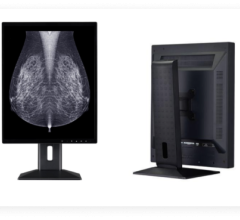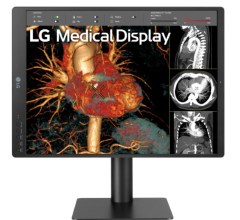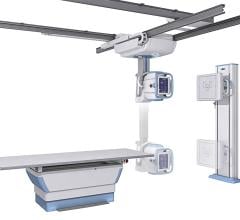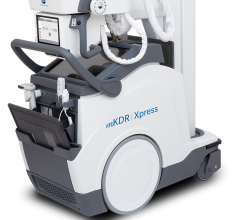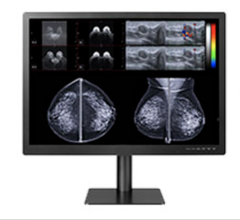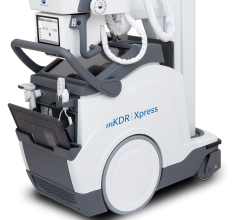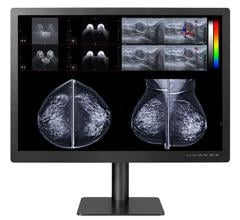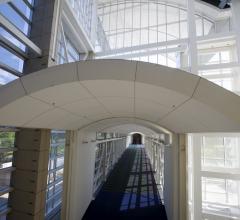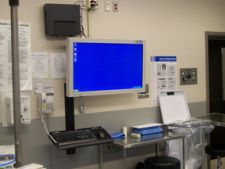
Baptist Health in Montgomery, AL, recently completed its first installation of LCDs in 27 operating rooms spread between three hospitals.
February 2008 - Ken Willis, RT (R)(CV), is the radiology informatics PACS engineer for Baptist Health in Montgomery, AL. His healthcare system recently completed its first installation of LCDs in 27 operating rooms spread over three hospitals. The installation included 60 NDS Surgical Imaging DS 42-inch LCDs.
Two monitors were installed on different walls in each OR so the physician and the physician assistant could see the screens from anywhere in the room, Willis said. The PACS system allows the LCDs to display two images on a split screen, but larger screens were required to make out details.
“We didn’t want the physician to be inconvenienced by having to walk across the room to look at the images,” Willis said.
A handful of the displays were also set up for use with endoscopes in the OR. These displays have ports for both VGA and DVI video hookups.
Willis offered the following advice to hospitals looking to purchase new LCDs for the OR:
1. Evaluate more than one vendor's solution:
We looked at several monitors and certain qualities in these monitors. We choose NDS because their monitors are approved for use in the surgery suites. They are splash proof and sealed to protect our investment and reduce downtime.
2. Know your needs:
Another reason we chose NDS is the reduced image lag and fast video response. We currently have two 42-inch monitors on both sides of the surgery table in our open-heart suites. We need the fast video response for the cine heart cath images that are captured at 30 frames per second, which are viewed on these monitors during open-heart cases.
In addition, we needed the ability to accept video from multiple outputs, even data. This was crucial to our deployment in the larger OR suites. We needed to have the ability to conduct streaming video and still images through a Cat 5 data cable. This feature gave us the ability to deliver digital image quality with DVI connections.
3. Look for ease of use and space-saving features:
We currently have a few people using our monitors for endoscopic viewing, using the NDS monitors as a slave monitor. With the abundant connection choices on the back of the monitors, it is simple to connect the endoscopes. We have gotten compliments on the ease of connectivity as well as picture quality. This is a huge improvement to our older video monitors, not to mention size.
Our older systems are mounted on large rolling charts and the monitors themselves are very large. The flat panel NDS monitors give you the ability to save space in the ever-crowded OR suites. This is an overlooked feature, but for someone who has worked in the OR rooms for 15 years, I can tell you that more space is a huge plus.
If you purchase the larger model LCDs, you will need heavy-duty wall mounts with professional installation.
There are several monitors on the market today, many with varying video qualities for OR use. There are less expensive monitors that we considered. We choose NDS as an investment in the service and quality video that we as healthcare providers are dedicated to offering our physicians, clinicians and patients at Baptist Health.
- Ken Willis was interviewed for an article on flat panel LCDs for use in the OR, which will appear in the February/March issue of Acuity Care Technology Magazine.


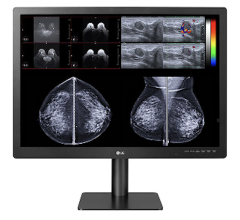
 March 12, 2024
March 12, 2024 
